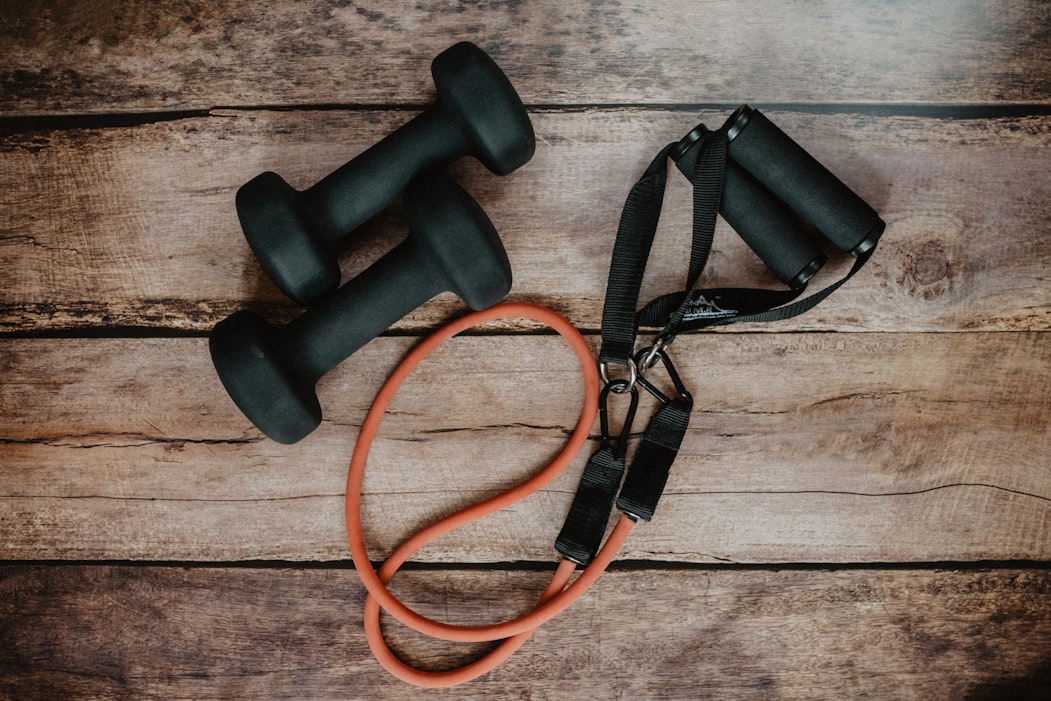It is no secret that engaging in regular physical activity is needed to maintain both physical and mental health. It is for this reason that the Centers for Disease Control and Prevention (CDC) recommends that adults engage in at least 150 minutes of moderate-intensity physical activity a week. These recommendations also apply to the approximately 61 million American adults living with disabilities. While the extent of a disability will ultimately determine what level of physical activity a person can engage in, there are a number of ways in which workouts can be adapted for individuals with limited mobility.
Cardiovascular exercises strengthen the heart and lungs
Cardio exercises such as swimming, running and cycling not only strengthen the heart and lungs and boost the immune system, but improves the quality of sleep as well. While some mobility concerns still allow an individual to walk or even make use of an exercise bike, it is not an option for everyone. Men and women living with conditions such as muscular dystrophy or cerebral palsy (CP), for instance, need to find alternative forms of cardio exercise.
Water aerobics can be a saving grace
Although individuals living with CP who wore cerebral palsy orthotics as children and have now donated them for other uses may experience a lesser degree of spasticity as adults, many still have to contend with stiff muscles and exaggerated reflexes. Water aerobics has been proven to be an excellent cardio activity for these individuals, particularly since the water supports the body and reduces the risk of injury. If lower-body mobility is compromised, using a handcycle or bouncing a medicine ball can both provide a very effective cardio workout.
Strength training exercises build bone and muscle mass
Regularly engaging in strength training can help increase muscle mass and reduce the risk of fractures by making bones stronger. There are a variety of strengthening exercises that are suitable for individuals with mobility concerns. Many of these can even be done from a seated position, making them appropriate for wheelchair users. Exercises such as bicep curls, shoulder presses, and tricep extensions can be adapted to most levels of mobility. Resistance bands can also prove to be very useful, as they can be attached to doorknobs or various pieces of furniture to use for arm and leg extensions, shoulder rotations, and pull-downs.
Flexibility exercises improve posture and circulation
A person with mobility concerns can benefit greatly from flexibility exercises. Apart from improving posture and balance, these exercises can also help improve the muscle coordination and blood circulation of someone with mobility concerns. Yoga is one of the most popular flexibility exercises. Most poses can be adapted according to age, body weight, and degree of mobility. Where lower-body mobility has been compromised, chair yoga can be used with great success to improve upper-body flexibility.
Exercise safety is of great importance
Although regular exercise is of great importance to someone living with a disability, it can only truly be effective if conducted in a safe manner. If you experience any pain or discomfort while exercising, you need to stop. This includes having difficulty breathing or feeling nauseous or dizzy. Always warm up before starting your workout, and do some cooling down exercises afterward. Do not exercise any body parts that have a known injury: instead, allow the muscles to rest while you focus on the rest of your body. Also, ensure that you wear comfortable clothes and that you remain well-hydrated while engaging in any form of physical activity.
Exercise is an important part of a healthy lifestyle. Even if mobility concerns limit the types of exercises that can be engaged in, a few simple adaptions are usually all that are needed to render an exercise more inclusive.




